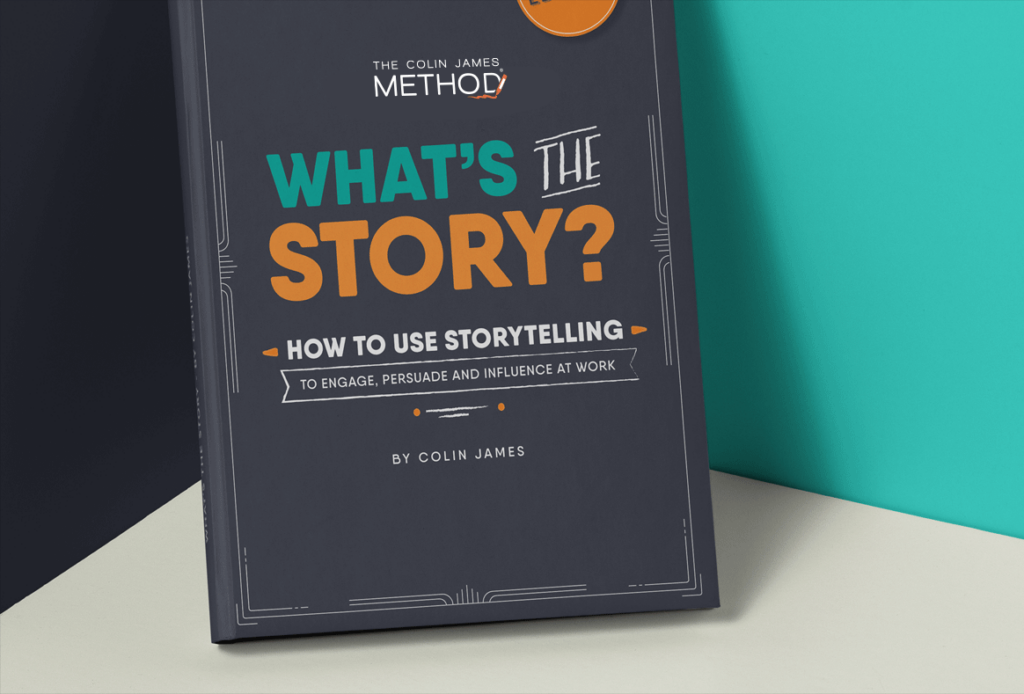Communication in team meetings is an essential part of doing business. But are your organisation’s meetings efficient and productive, or do attendees feel like they’re a waste of time?
The benefits of engaging employees in team meetings and educating them on how to make them more effective are far reaching. You’ll find attendees are far more focused on achieving team goals, more comfortable about giving feedback and enthusiastic about generating new ideas.
Optimised communication will also help speed the meeting up and save wasting time. We often utilise the PAVERS® framework to help streamline team communication.
What is PAVERS®?
PAVERS® is an acronym we created to remember our 6 step methodology for delivery success. When used, it helps to ensure each delivery has impact and the messages is retained by the audience.
Here’s a quick overview Erica did at last years Masterclass to explain it in more detail:
These delivery techniques aren’t exclusive to business presentations, they can be applied to any communication scenario to elevate the standard of engagement across your organisation.
By improving their business communication skills, employees will perform better as they will be able to influence, engage and drive outcomes more effectively by applying them to optimise communication in team meetings.
1. P – Physiology
Body language is a key component to make a meeting more compelling and therefore more successful in terms of passing on information. How you move, gesture with your hands and even the expressions on your face can assert your confidence and bring clarity and further meaning to your ideas.
Ideally, you want to come across as relaxed, engaged and confident. Even if you don’t feel that way, sitting upright in your chair with a posture of confidence and facing whoever is speaking, will exude influence and a perceived confidence.
Consider your hand and arm gestures. These can support or detract from your message. Fiddling with your hands can give away a lack of confidence; why should your colleagues support your ideas if you’re not sure about them yourself?
Conversely, if you want to support your message a simple gesture with your hand upwards can show an increase in results. Or pointing upwards in a direction shows where you need to get to with a figure or goal.

2. A – Auditory
Your voice is an instrument that you can learn to play to maintain engagement and compel interest in business meetings.
If you’re wondering why people seem bored, you may be unconsciously coming out with one single tone, mix it up to keep them engaged. Watch out for talking too quickly as it can make you seem nervous.
Aim to vary the pace and volume at which you speak to add impact. In general, you should match your voice to your content. If your content is complex, slow down to let people absorb it, and don’t be afraid to take pauses to reflect.
3. V – Visual Aids
Using visual aids such as PowerPoint, flip charts or handouts can add impact and interest to a presentation. There are effective ways to use visual aids in order to be engaging and grab your audience’s attention. For instance, when using PowerPoint build the slide click by click. This way it keeps people guessing and engaged.
As well as increasing audience interest, visual aids also provide notes or reminders for you as you go through your material. But don’t overuse visual aids, only use them when they support your content, they are not meant to replace you!
4. E – Energy
Creating the right energy in the room will affect how successful your team communication is.
A great way to create engagement is to start off the meeting with an icebreaker to help attendees get to know each other, and you. Your own energy should be a state of ‘relaxed aliveness’ not too contrived or overly formal.
Encourage people to ask questions at the end and reiterate that it is a safe environment to do so.
At the very beginning provide guidelines about contribution, when you are talking questions etc. So everyone knows the format. This will help maintain order and keep you all on track.
5. R – Relationship
The best facilitators are those that make you feel like you’re having a conversation with them personally, rather than being dictated to. Building a relationship and rapport with your audience is key.
Establishing eye contact is one way you can do this. Scan the room while you’re speaking and look at your colleagues in the eyes… but avoid extended gazes or it will seem weird! Accessing the room will also help you gauge how people are reacting to what you’re saying or what your colleagues are presenting. Are they looking alert and interested or gazing out the window?
6. S – Story
Telling a story is a highly effective way to build rapport with your audience and create an emotional connection. A relevant real-life scenario will put your point across more succinctly and make it more likely to hit home when they go back to their desks. So the more stories you share the better!
Looking to optimise your business meetings?
If PAVERS® sounds like it’s an effective way to improve team communication, then check out our tailored in-house corporate communication skills training program. If you are a learning and development buyer interested in investing in our training for your organisation get in touch with us today.

The Colin James Method® Facilitators train corporate executives to improve their professional communication skills with a proven methodology. Our highly trained Facilitators and Coaches are recognised for their experience in their fields and have worked with many individuals and organisations around the world to master the art of communication.











